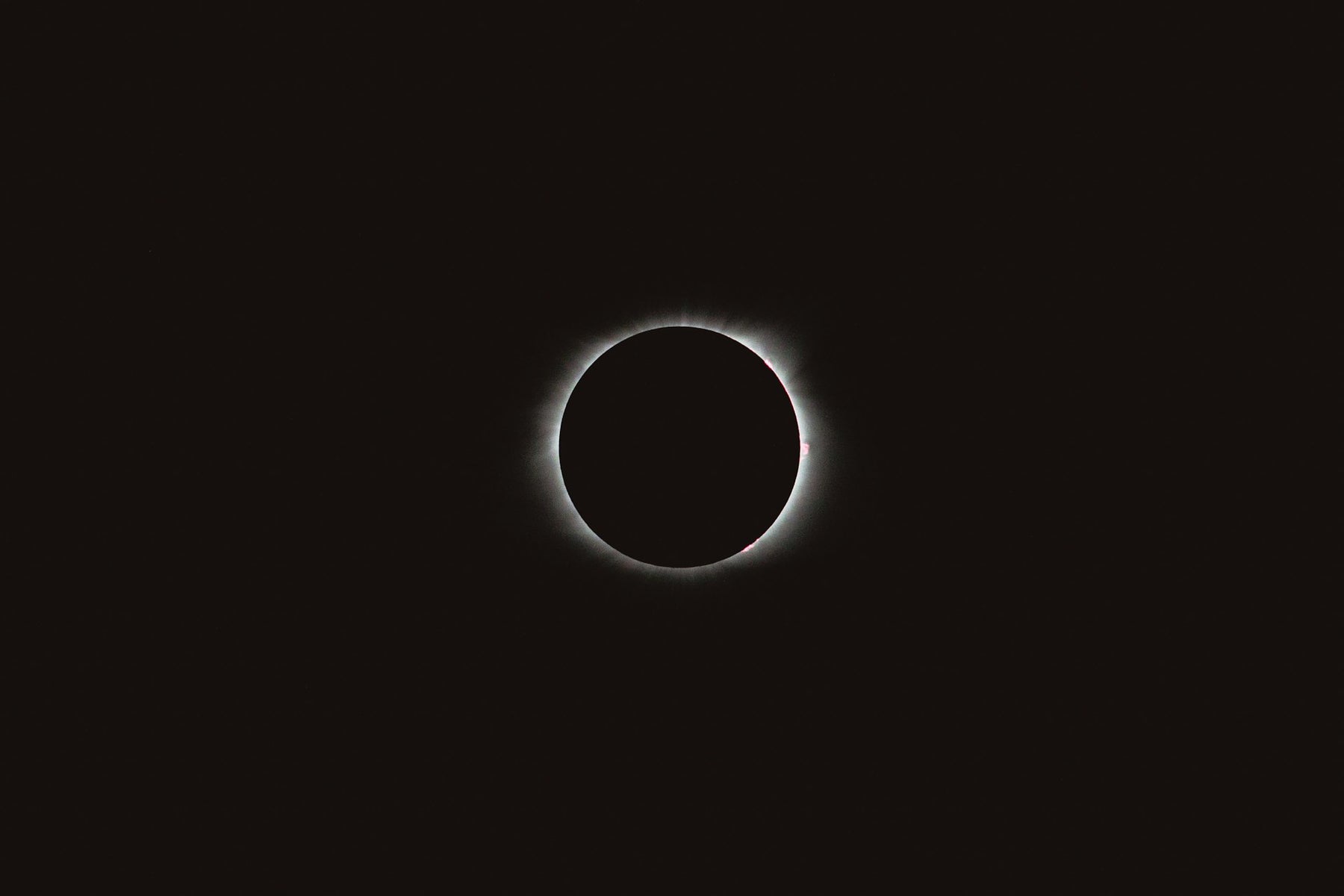
How Fluoropolymers Helped Capture the Solar Eclipse
When it comes to capturing images of celestial events like the 2024 solar eclipse, precision and reliability are key. In the field of space science, materials like PTFE, FEP, and PFA play a crucial role in ensuring the success of such missions.
What are PTFE, FEP, and PFA?
PTFE, FEP, and PFA are all types of fluoropolymers, a class of synthetic polymers that contain fluorine atoms. These materials are known for their exceptional chemical resistance, thermal stability, and low friction properties, making them ideal for a wide range of applications in industries such as aerospace, electronics, and healthcare.
How do they help in space?
When it comes to capturing high-quality images of celestial events like solar eclipses, the optical components used in telescopes and cameras need to be protected from harsh environmental conditions. PTFE, FEP, and PFA are used to coat lenses, mirrors, and other optical elements to provide protection against extreme temperatures, radiation, and corrosive chemicals.
Additionally, these fluoropolymers are used in the construction of spacecraft components such as thermal insulation, wiring, and seals. Their high thermal stability and resistance to outgassing make them essential for ensuring the reliability and longevity of space missions.
The unique properties of PTFE, FEP, and PFA make them indispensable materials in the field of space science. Their ability to withstand extreme conditions and provide reliable performance make them essential for capturing images of celestial events like the 2024 solar eclipse with precision and accuracy.
